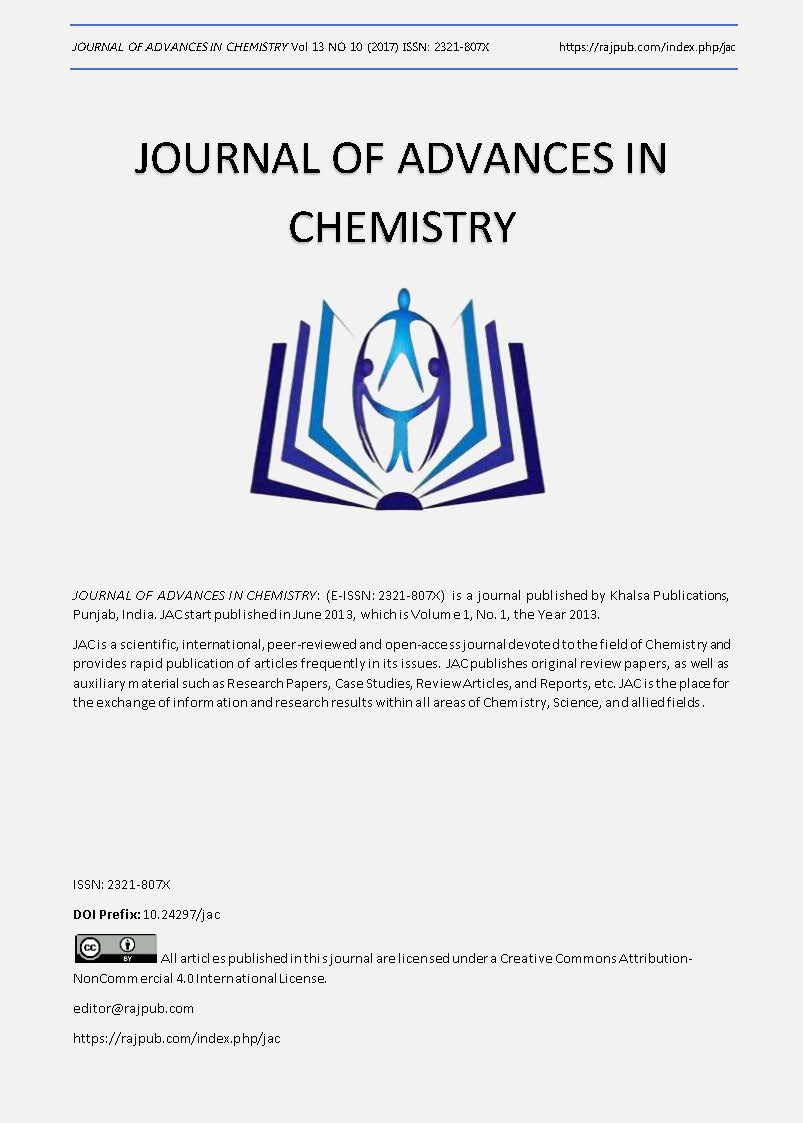THEORETICAL ANALYSIS OF A WET COOLING TOWER FOR FRESH WATER FROM PLUME AND ANALYZING AN INDUSTRIAL COOLING TOWER BASED ON RESULTS
DOI:
https://doi.org/10.24297/jac.v13i10.5870Keywords:
cooling range, fresh water., effectiveness, mass of evaporated water, plume, fresh waterAbstract
A cooling tower is a heat rejection device which rejects waste heat to the atmosphere through the cooling of a water stream to a lower temperature. The stream of saturated exhaust air leaving the cooling tower called the plume is visible when water vapor it contains condenses in contact with cooler ambient air, like the saturated air in one's breath fogs on a cold day. Under certain conditions, the cooling tower plume may present fogging or icing hazards to its surroundings and gives some environmental problems. To find the solution for this problem a cooling tower has been analysed based on air flow rate through the tower and the cooling load to obtain fresh water yield by utilising plume from cooling tower top. The theoretical analysis gives the values of important parameters Theoretical analysis has been done on wet cooling tower by varying the water flow rate through which affect the performance of a cooling tower such as the cooling range, effectiveness, approach, fresh water yield etc. Then with the conditions of a trials from the analysis, the mass flow rate of water in the cooling tower was scaled up to match the mass flow rate of water in an industrial cooling tower. This helps in obtaining the mass flow rate of the air and fresh water yield through the industrial cooling tower.
Downloads
References
2. Ronak shah, Trupati Rathod J.2012.Thermal design of cooling tower.
3. Bilal Ahmed Qureshi and Syed M.Zubair J.2006. Prediction of Evaporation losses in wet cooling tower.
4. H.Marmouch J.orfi J.2008. Experimental and theoretical study on the effect of cooling tower on solar desalination system.
5. S.K.Tyagi, S.R.Park J.2009. Economical and thermal optimization of possible options to control visible plume from wet cooling towers.
6. N.E.Koeman-stein, R.J.M.Creusen J.2016.Membrance distillation of industrial cooling tower blow down water.
7. N.Milosavljevic and heikkila J.2001.A.Comprehensive Approach to cooling tower design.
8. Pooriya shahali, mehdi Rahmati J.2016 Experimental study on improving operating conditions of wet cooling tower using various rib numbers of packing.
9. M.M.ASARKAR. G.J Shim J.2009.Enhancement of cooling capacity in a hybride closed circuit cooling tower.
10. C.A.X.Marques, C.H.Fontes J.2009.Efficiency control in acommertial counter flow wet cooling tower.
11. R.Terblance.HCR,Reuter J.2009.drop size distribution below different wet cooling tower fills.
12. Gaoming Ge, fu xiao, shengwei wang J.2012.Effects of discharge recirculation in cooling towers on energy efficiency nad visible plume potential of chilling plants.
Downloads
Published
How to Cite
Issue
Section
License
 All articles published in Journal of Advances in Linguistics are licensed under a Creative Commons Attribution 4.0 International License.
All articles published in Journal of Advances in Linguistics are licensed under a Creative Commons Attribution 4.0 International License.




